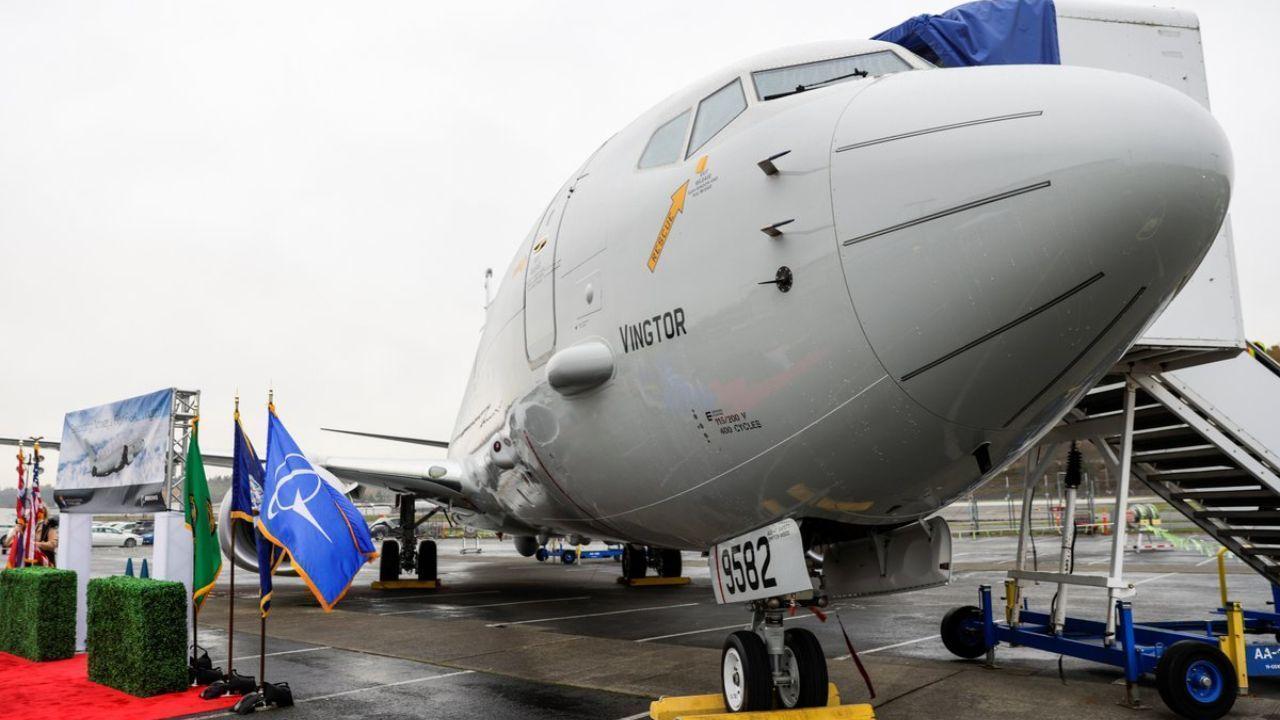
Post by : Avinab Raana
Photo : X / PiQ Newswire
A Strategic Shift in Singapore’s Defence
Singapore has officially confirmed the purchase of four Boeing P-8A Poseidon patrol aircraft, a landmark decision that underscores the nation’s commitment to strengthening its maritime security capabilities. The announcement was made by Defence Minister Chan Chun Sing during his recent visit to the Pentagon, where he met with U.S. Secretary of Defense Pete Hegseth.
This acquisition represents more than a fleet expansion—it marks a deliberate move to replace the Republic of Singapore Air Force’s aging Fokker 50 Maritime Patrol Aircraft (MPA), which have served faithfully since 1993. For over three decades, the Fokker 50s have monitored vital waterways, but the arrival of the P-8As will significantly enhance Singapore’s ability to detect, deter, and respond to threats in the region.
Why the P-8A Poseidon Matters
At its core, the P-8A Poseidon is a multi-mission maritime patrol aircraft designed by Boeing. Built on the airframe of the popular 737 Next Generation, the Poseidon is tailored for anti-submarine warfare (ASW), anti-surface warfare (ASuW), and intelligence, surveillance, and reconnaissance (ISR) operations.
The aircraft is equipped with cutting-edge sensors, radar systems, and advanced communication suites, allowing it to track submarines, monitor surface ships, and relay data in real time to allied forces. It can deploy sonobuoys, torpedoes, and even anti-ship missiles, making it not only an observer but also a potent strike platform.
For Singapore, whose security depends heavily on protecting maritime trade routes and deterring undersea threats, the P-8A offers a much-needed technological leap forward.
Retirement of the Fokker 50s
The Fokker 50 MPAs have been the workhorses of Singapore’s maritime patrol operations since they were introduced in the early 1990s. Over the years, they have provided reliable service, carrying out countless missions across the busy waterways of the Straits of Malacca and the South China Sea.
Yet, technology has advanced dramatically. The Fokker 50s, though upgraded over time, no longer match the capabilities needed for today’s threat environment. Their limited endurance, outdated sensors, and slower response times leave gaps in maritime surveillance.
The introduction of the Poseidon marks the end of an era but also the beginning of a new one. The RSAF’s transition reflects a broader global shift, as several nations are retiring legacy patrol aircraft in favor of advanced systems like the P-8A.
Deepening Ties with the United States
This deal not only strengthens Singapore’s defence posture but also highlights its close strategic partnership with the United States. The Pentagon announcement of the purchase came as part of Defence Minister Chan’s discussions with U.S. officials, emphasizing shared interests in regional security.
The P-8A is already operated by U.S. forces and key allies, including India, Australia, the United Kingdom, and Norway. Singapore’s inclusion in this network ensures interoperability during joint exercises, humanitarian missions, and potential conflict scenarios. By aligning with the U.S. and its allies on equipment, Singapore positions itself as a credible and capable partner in regional stability.
Regional Security Implications
The timing of this acquisition cannot be ignored. Southeast Asia remains a region of strategic tension, with growing naval activity in the South China Sea and increasing competition among global powers. The ability to patrol vast waters, detect submarines, and monitor shipping lanes is no longer a luxury but a necessity.
For Singapore, which sits at the crossroads of some of the world’s busiest maritime trade routes, securing its seas is synonymous with securing its economy. The Poseidons will allow the city-state to respond swiftly to maritime incidents, protect its sea lines of communication, and provide intelligence that enhances deterrence.
Beyond Surveillance: A Broader Defence Vision
The acquisition of P-8As is part of a broader defence modernization program. Singapore is already in the process of procuring F-35B fighter jets, a decision that underscores its commitment to maintaining a technological edge. Together, the Poseidons and the F-35s reflect a strategy of layered defence—control of both skies and seas.
This modernization is designed not only for traditional defence roles but also for new challenges such as humanitarian assistance, disaster relief, and counter-piracy operations. The P-8A’s range and advanced systems make it versatile enough to contribute to a wide range of missions.
Economic and Logistical Considerations
While the exact cost of the acquisition has not been disclosed, analysts estimate that a single P-8A unit can cost between $200–250 million depending on configuration. With four aircraft in the deal, Singapore’s total outlay could approach the $1 billion mark.
Beyond acquisition costs, the long-term commitment involves maintenance, training, and operational integration. However, the benefits—improved surveillance, interoperability with allies, and future-proofing the air force—justify the investment.
Singapore has historically managed its defence spending prudently, balancing fiscal discipline with strategic necessity. This deal reflects that same measured approach.
Transition and Training
Replacing a fleet is never as simple as parking old aircraft and flying new ones. The RSAF will undergo an extensive transition period, including pilot training, crew familiarization, and integration into existing command-and-control systems.
Singapore is expected to leverage U.S. training programs, as American forces already operate dozens of P-8As worldwide. Such training will accelerate the RSAF’s ability to deploy the aircraft effectively and ensure operational readiness from day one.
Global Network of Poseidon Operators
Singapore’s acquisition also places it within a growing community of Poseidon operators. The P-8A is fast becoming the standard for maritime patrol among U.S. allies, with nations like Australia, India, the UK, and New Zealand relying on the aircraft for critical missions.
This network fosters not just interoperability but also opportunities for intelligence sharing, joint exercises, and collective deterrence. In a region where maritime threats often cross borders, having a common platform is an invaluable force multiplier.
The First Flights in Singapore
Though delivery dates remain undisclosed, industry watchers expect the first P-8As to arrive within the next few years. Once operational, these aircraft will patrol Singapore’s maritime boundaries and beyond, acting as an extended arm of its defence strategy.
The Poseidons will also likely feature in multinational exercises, showcasing Singapore’s enhanced capabilities and cementing its role as a reliable security partner in Southeast Asia.
A Silent Guardian in the Skies
The purchase of four Boeing P-8A Poseidon aircraft marks a watershed moment for Singapore’s defence landscape. By phasing out its aging Fokker 50s and introducing one of the world’s most advanced maritime patrol platforms, the city-state is not just modernizing its fleet—it is redefining its role in regional security. For a nation that depends on open seas and secure waters, the Poseidons represent far more than an aircraft—they symbolize sovereignty, vigilance, and preparedness for the future.
Singapore P-8A purchase, Boeing Poseidon, Anti-submarine aircraft
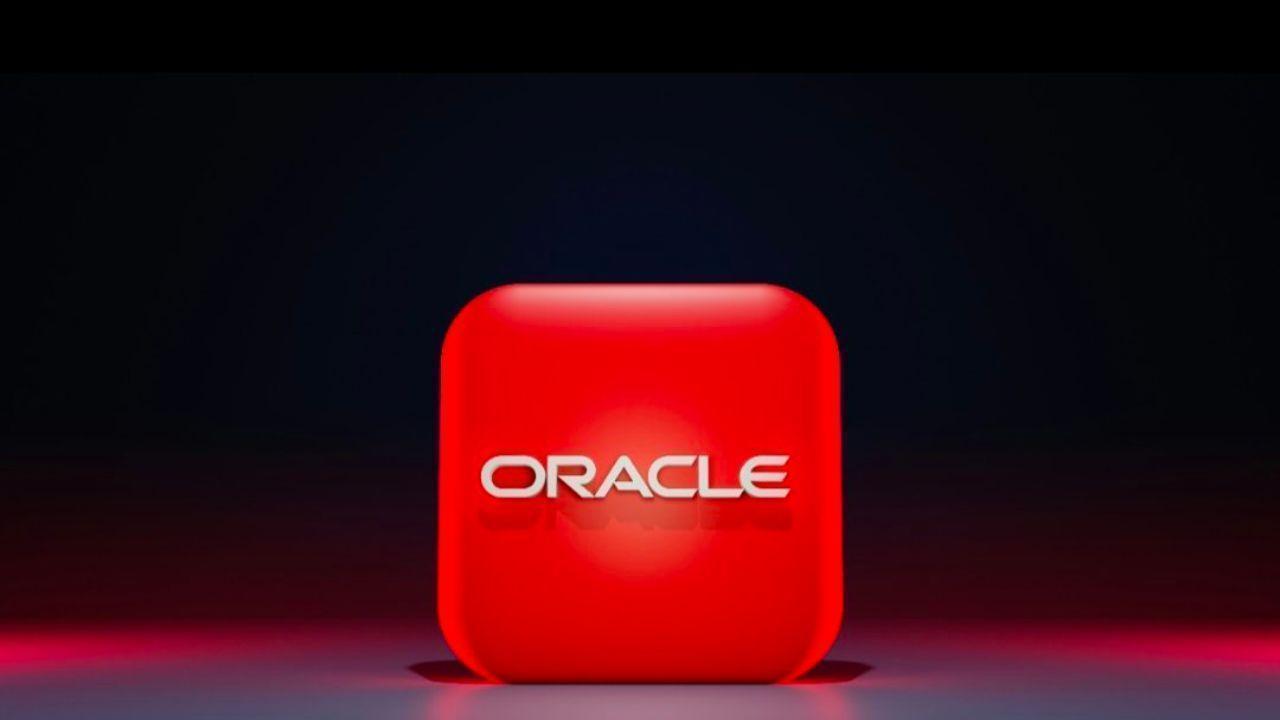

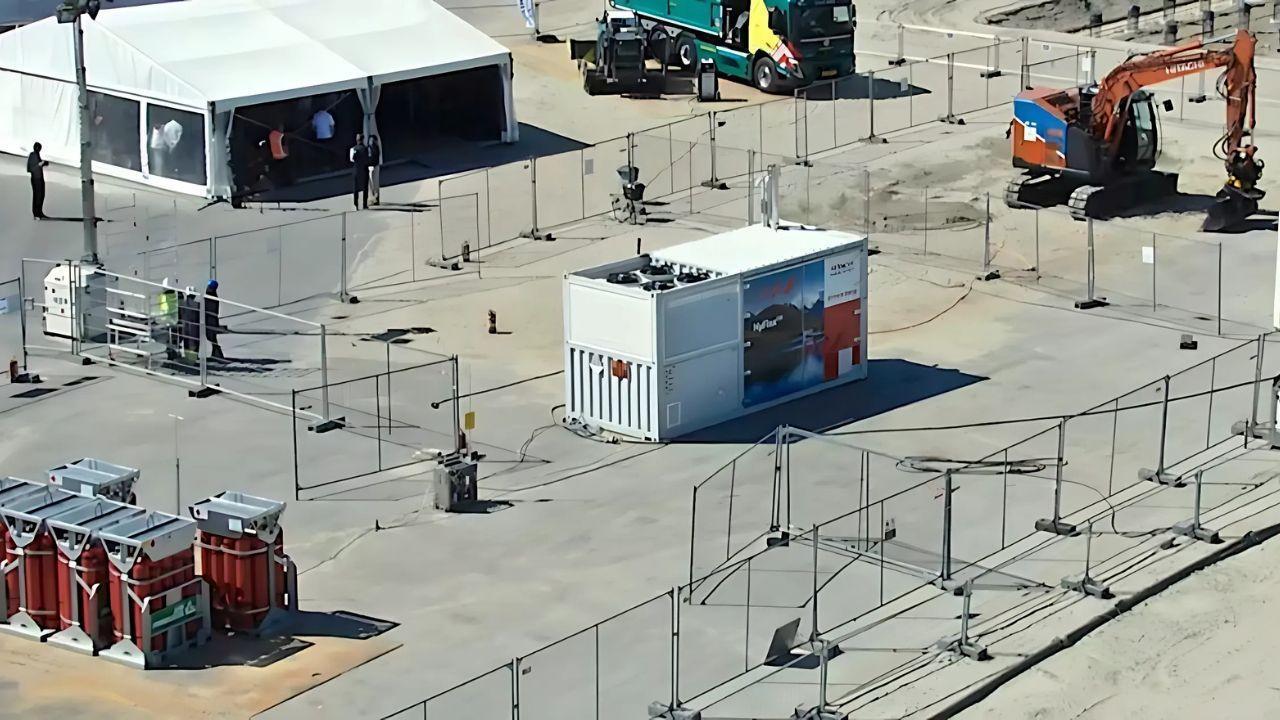
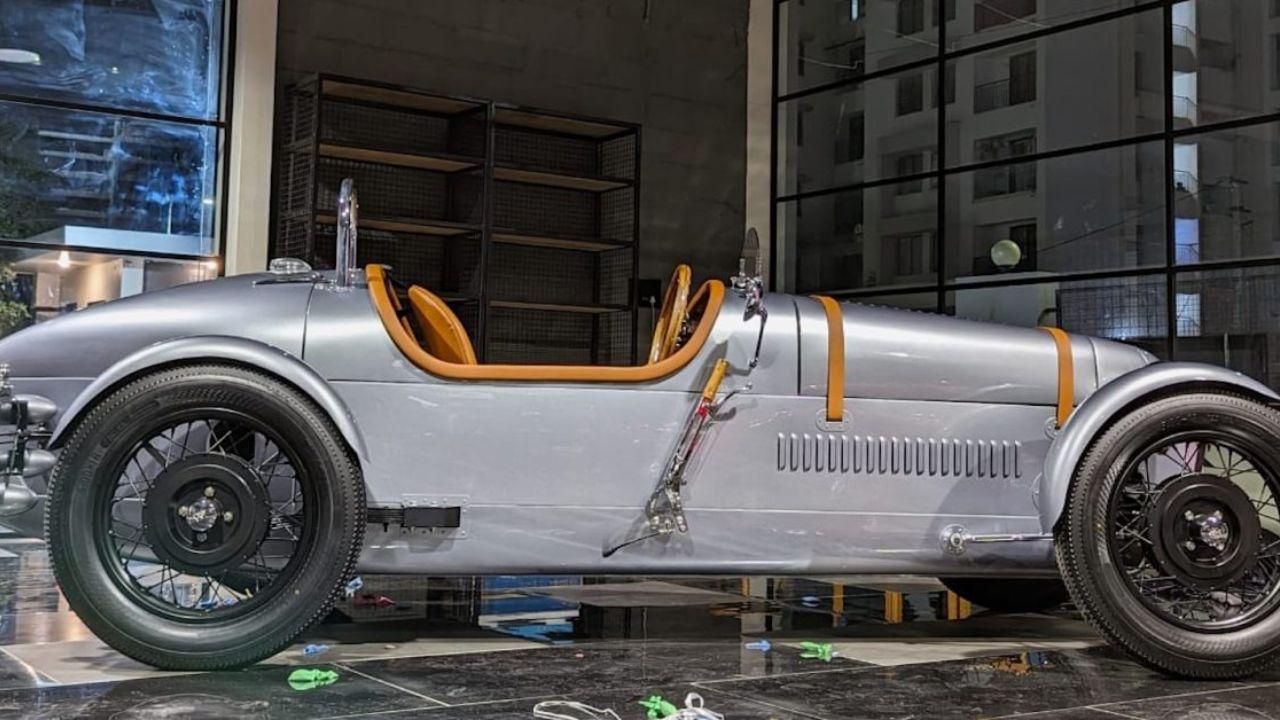


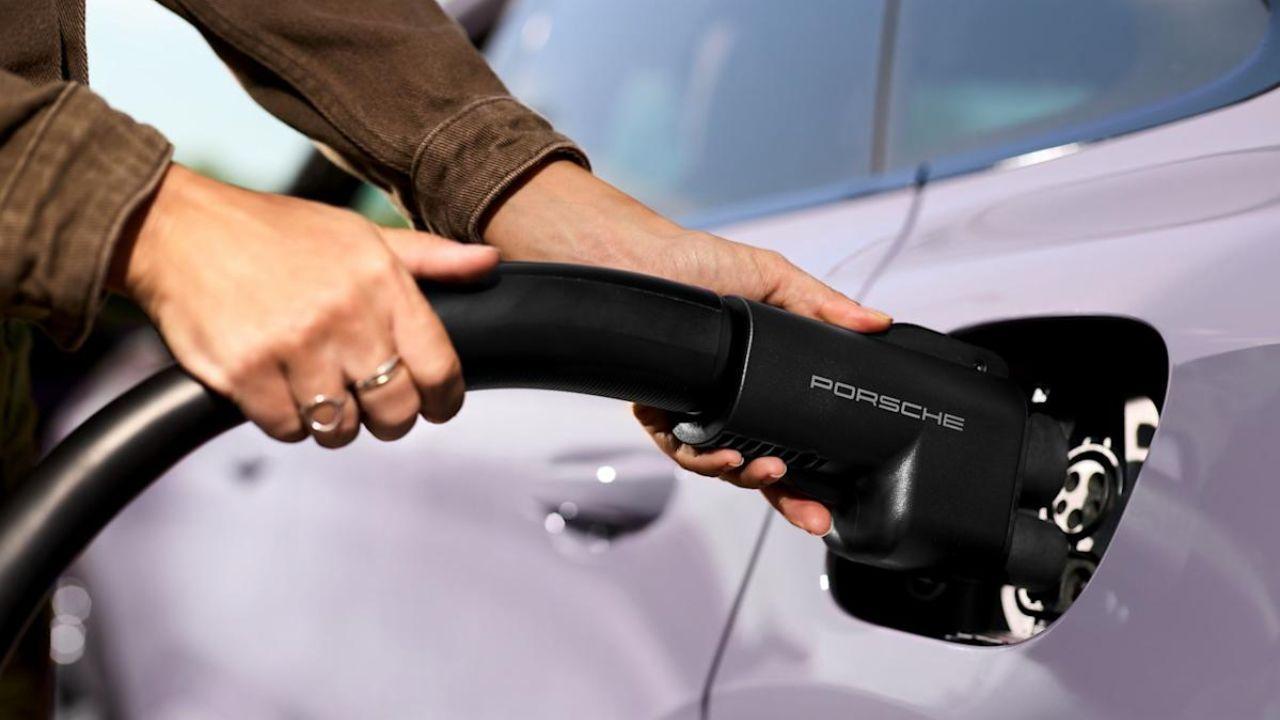


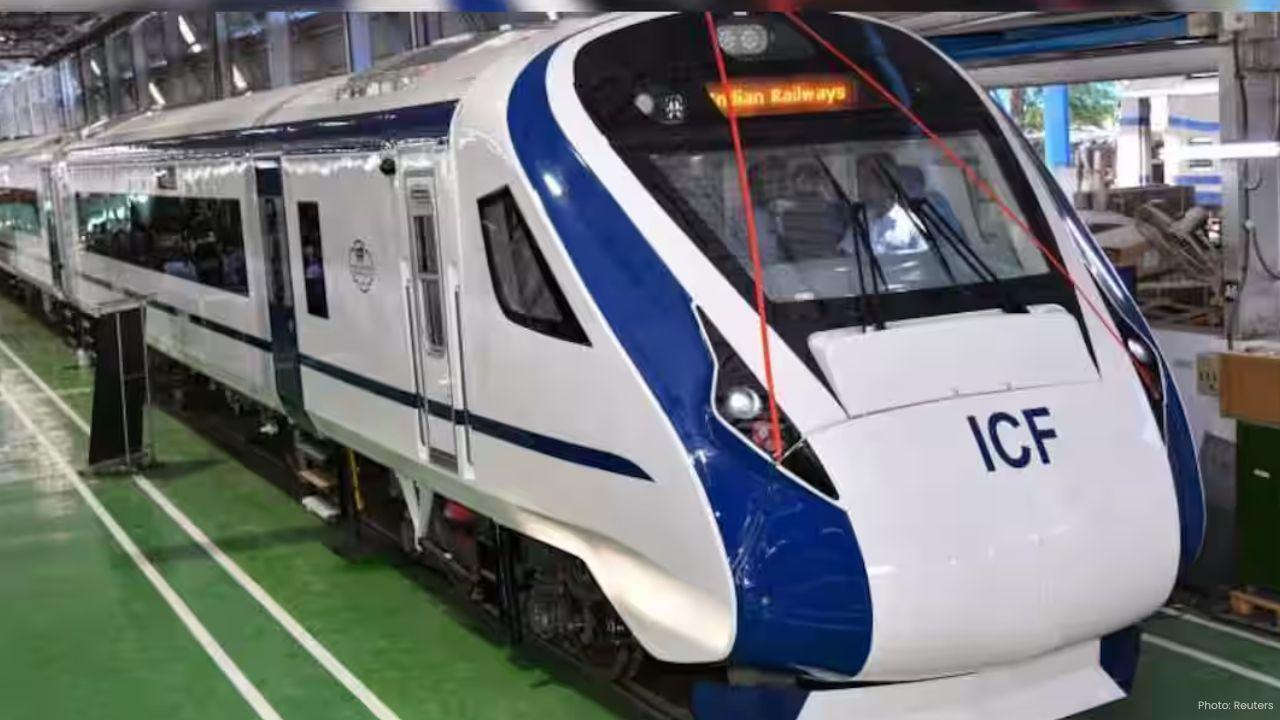
Vande Bharat Passenger’s Spitting Incident Sparks Nationwide Debate
A passenger spitting on the Vande Bharat Express floor sparks online debate on civic sense cleanline

OnTrac Introduces Ground Essentials Service for Affordable and Reliable Shipping
OnTrac launches Ground Essentials a new service offering cost-effective parcel delivery with up to 3
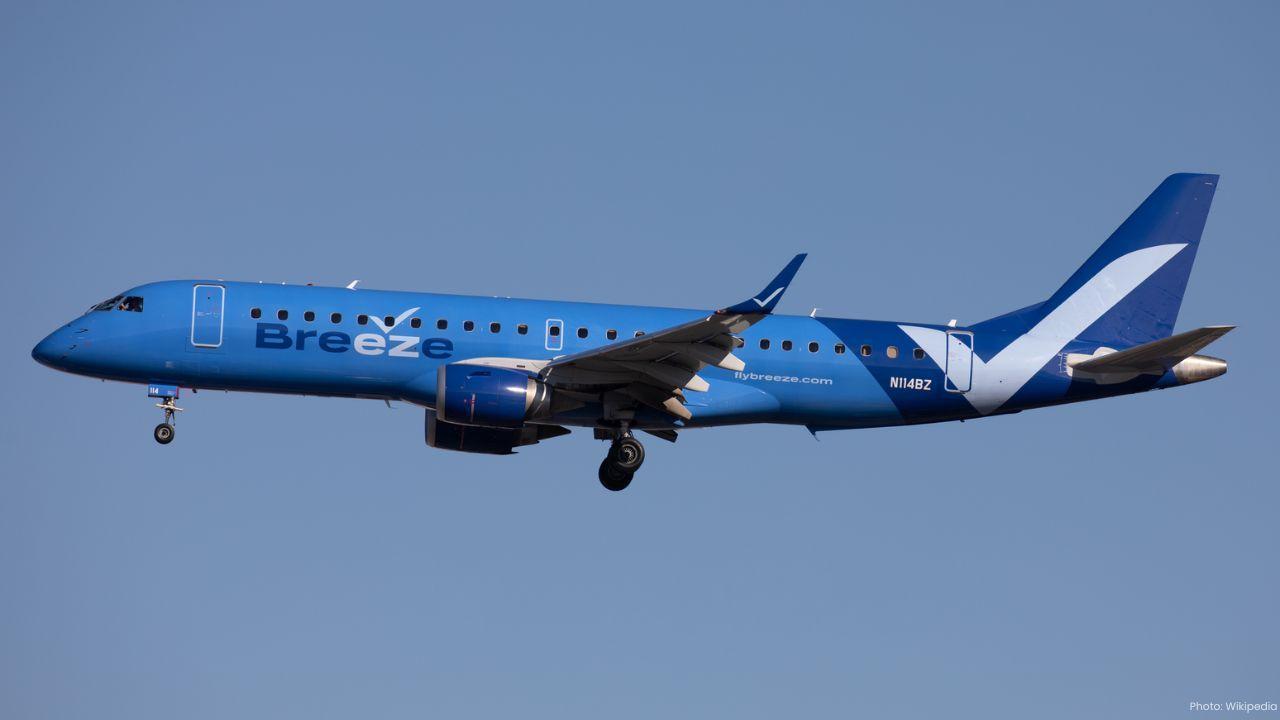
Breeze Airways Earns Five-Star Status as North America's Top Airline
Breeze Airways achieves a five-star rating marking it as North America's leading major airline for 2
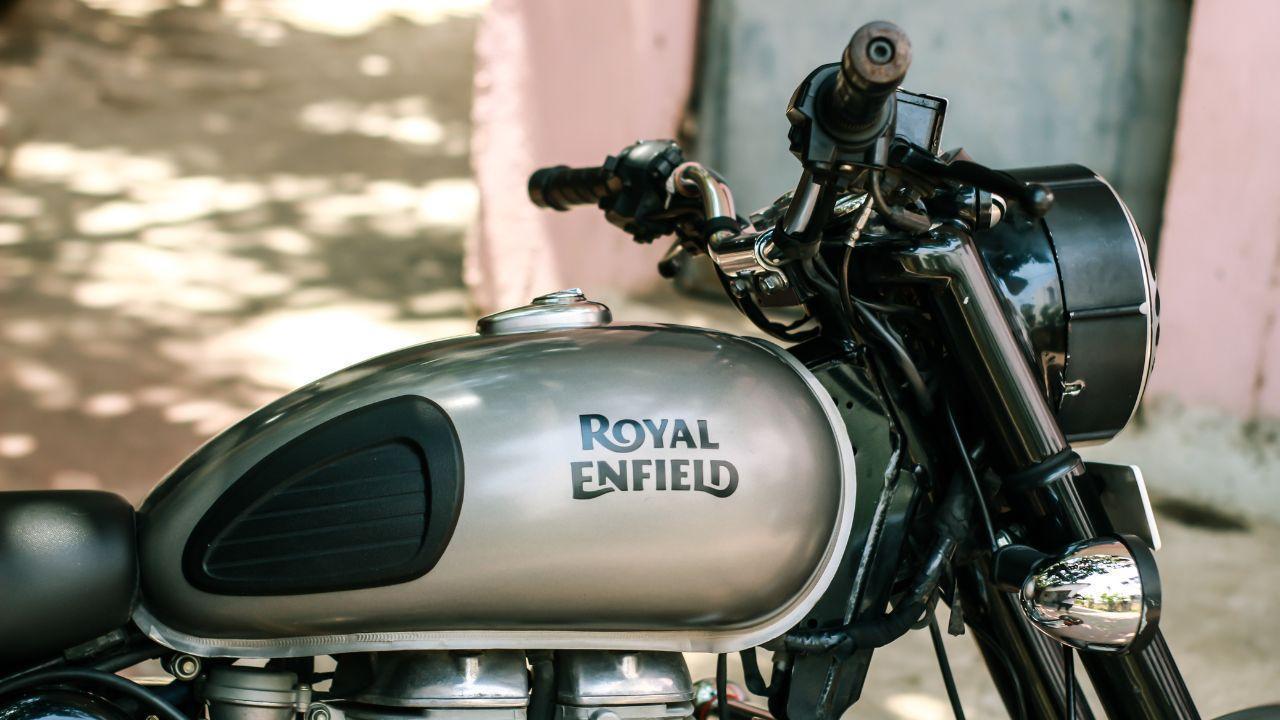
Royal Enfield Cuts Prices on 350cc Bikes After GST Rate Reduction
Royal Enfield reduces prices on 350cc motorcycles from September 22, 2025, following GST rate cuts,
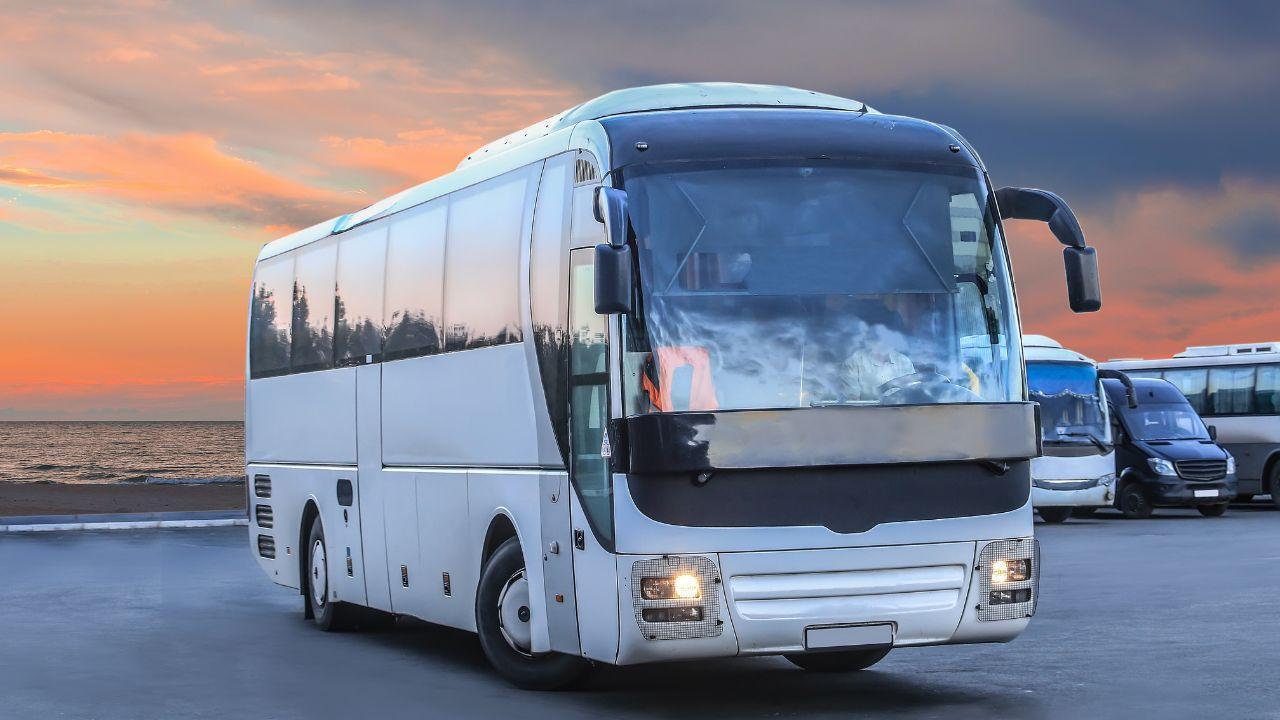
Viva ACP Boosts Bus Safety with Strong Lightweight Aluminium Panels
Viva ACP’s panels make buses safer lighter and stronger—saving energy and protecting passengers with
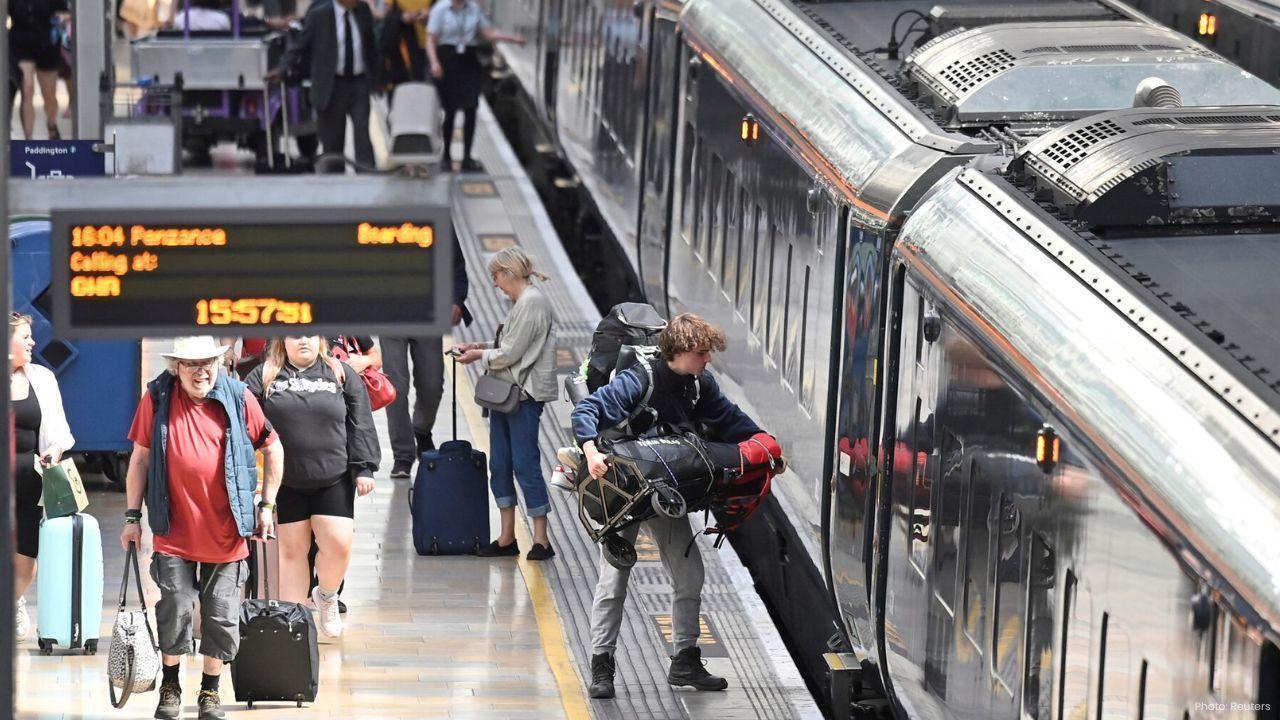
Steelpaint’s Stelcatec Coating Gets UK Rail Approval
Steelpaint’s Stelcatec coating approved by UK Network Rail for durable, fast, and effective protecti